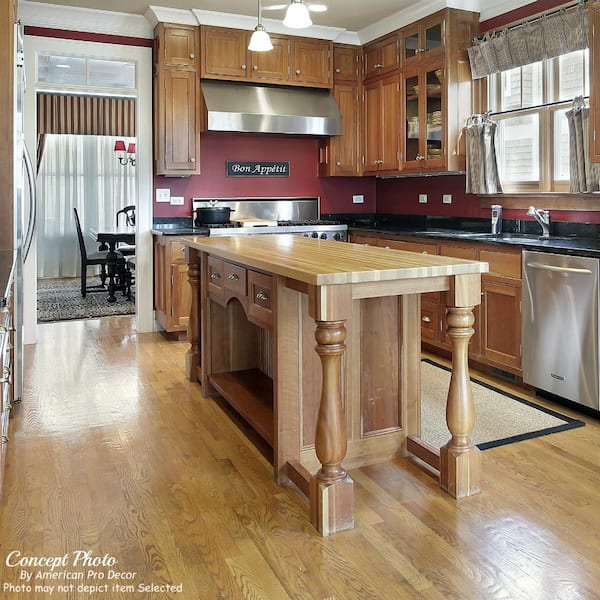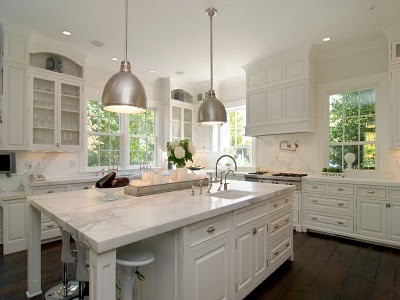Check Out Modern and Standard Styles in Legs For Kitchen Island Tasks
Check Out Modern and Standard Styles in Legs For Kitchen Island Tasks
Blog Article
Secret Considerations for Finding the Finest Legs For Kitchen Area Island for Your Layout
When choosing the ideal legs for your kitchen area island, numerous essential factors to consider come right into play that can considerably influence both functionality and aesthetics. The option of height, design, and product should align with your total kitchen area design to make sure an unified look.
Determine Your Design Choice
When picking the ideal legs for your kitchen area island,Identifying your style preference is crucial. The legs of your cooking area island not only offer a functional function but additionally add considerably to the total aesthetic of the space. Therefore, recognizing your layout style-- be it modern-day, rustic, traditional, or industrial-- is essential.
For a contemporary kitchen, think about smooth, minimalistic legs that match open spaces and tidy lines. On the other hand, a rustic setup might benefit from more durable, farmhouse-style legs constructed from redeemed products. Standard kitchen areas typically favor turned or luxuriant legs, which can include a touch of sophistication and elegance. At the same time, a commercial aesthetic might ask for steel legs that highlight a raw, unfinished appearance.
Furthermore, take into consideration the elevation and proportion of the legs in relation to the island's surface. Eventually, your design choice will influence not only the selection of legs however additionally the total harmony of your kitchen's style.
Select the Right Product
Picking the appropriate material for your kitchen island legs is critical in guaranteeing both longevity and aesthetic appeal. Various materials provide unique advantages, and the option typically shows your style choices and practical demands.
Wood is a prominent option, supplying warmth and adaptability. It can be discolored or painted to match your kitchen area design, making it adaptable to various styles, from rustic to modern. Nonetheless, timber might need regular maintenance to preserve its look and integrity.

If you look for an unique touch, take into consideration acrylic or glass materials. They can develop an impression of space and agility in your cooking area, making them an outstanding selection for smaller areas - Legs For Kitchen Island. These options may call for careful handling and maintenance to prevent scrapes.
Ultimately, the material you select need to align with your kitchen area's general layout, ensuring that the legs serve both practical and attractive objectives.
Consider Height and Proportions
When designing a kitchen island, height and proportions play an important function in making sure capability and convenience,. The typical elevation for a cooking area island typically ranges from 36 to 42 inches, aligning with conventional counter heights or bar elevations, specifically. This measurement is essential for integrating with bordering stools and countertops, enabling ease of usage throughout dish prep work and social interactions.
Additionally, the island's percentages should match the overall cooking area design. A well-proportioned island ought to not overwhelm the area; rather, it should develop a well balanced aesthetic. Think about the proportion between the island's size and size, guaranteeing it offers sufficient surface without crowding the kitchen area. A basic standard is to maintain a size of 24 to 48 inches, promoting motion and ease of access.
Additionally, the height of the legs or base can affect the visual charm and functionality. Taller legs might lend an extra contemporary, ventilated feel, while much shorter ones can evoke a typical, grounded look. Ultimately, meticulously thinking about elevation and proportions will certainly result in a kitchen area island that is both functionally effective and aesthetically appealing, improving the total design of the area.
Assess Stability and Toughness
A kitchen island's legs need to not just complement its elevation and percentages but likewise give sufficient security and durability to support day-to-day tasks. The legs are vital to the total functionality of the island, as they bear the weight of the counter top and any kind of added loads, such as home appliances or food prep work go to my site jobs.
When assessing stability, it is vital to take into consideration the leg design and material. Tough steel or solid wood legs usually offer remarkable toughness contrasted to lighter materials like crafted wood or plastic. Additionally, a larger base can enhance security, decreasing the risk of tipping or tottering during usage.
Toughness is similarly essential; the legs must withstand damage from everyday use. Take into consideration surfaces that shield against scratches, dents, and dampness, especially in a cooking area setting. Additionally, examine the high quality of construction, such as attachments and joints, which can significantly affect the legs' long-lasting performance.
Ultimately, investing in well-crafted legs that prioritize security and sturdiness will certainly guarantee your cooking area island stays a reliable work area for many years ahead, enhancing your cooking experiences while keeping visual charm.
Consider Upkeep and Care
Upkeep and care are important factors to consider for ensuring the long life and efficiency of kitchen island legs. When picking legs, it is necessary to evaluate the materials made use of, as various choices require varying degrees of maintenance. For instance, wood legs might need periodic refinishing or securing to avoid moisture damages and scratches, while steel legs might require normal brightening to maintain their sparkle and prevent rust.
Moreover, the finish applied to the legs can influence maintenance demands. A high-gloss finish may be less complicated to tidy however might show scrapes and finger prints more easily than a matte coating. It is suggested to select materials and finishes that enhance your way of living; as an example, if you frequently hold gatherings, choose resilient materials that can stand up to deterioration.
In addition, take into consideration the cleaning process associated with dig this preserving these legs. Smooth surfaces commonly require minimal effort, while complex styles might gather dust and crud, necessitating even more labor-intensive cleaning methods. Legs For Kitchen Island. Ultimately, considering the upkeep and care required for your chosen kitchen island legs will certainly not just boost their visual charm but additionally guarantee their useful integrity in time
Final Thought
To conclude, selecting the optimal legs for a kitchen area island requires mindful consideration of numerous elements, consisting of design style, material option, upkeep, elevation, and security. Each element plays a critical duty in making sure that the legs not just improve the visual charm of the cooking area but additionally give the required support and sturdiness for daily usage. A knowledgeable choice will ultimately add to a practical and aesthetically pleasing kitchen atmosphere.
The legs of your kitchen island not only offer a practical objective but also add dramatically to the total aesthetic of the room.Upkeep and care are critical factors to consider for ensuring the durability and performance of kitchen island legs. Wood legs might require periodic refinishing important site or sealing to prevent moisture damage and scratches, while steel legs might require regular brightening to preserve their luster and avoid corrosion.
Eventually, factoring in the upkeep and care required for your picked kitchen area island legs will certainly not just enhance their aesthetic appeal but likewise guarantee their practical integrity over time.

Report this page